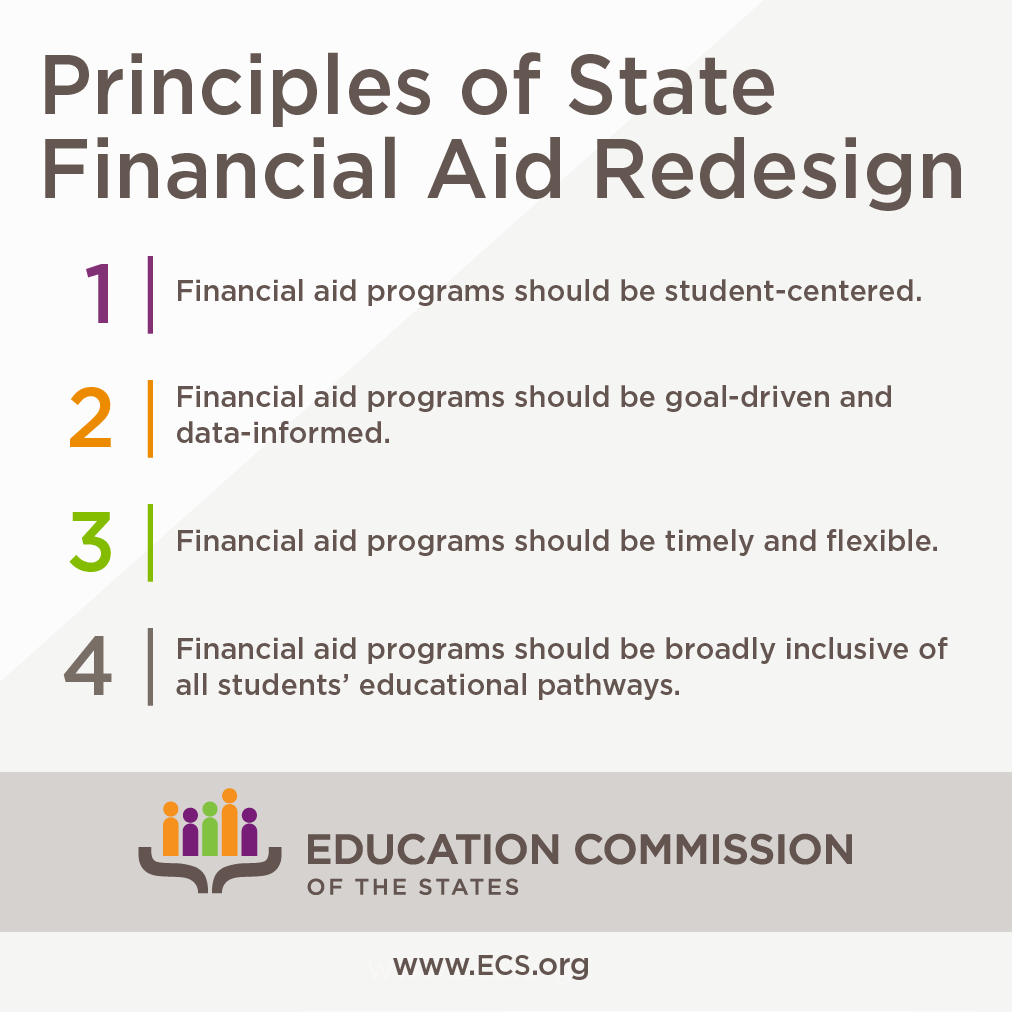Over 1 million students are eligible for state financial aid but are never funded. This is the number a recent report put to a problem many have suspected. Depending on the state program, these students have gotten the grades, met requirements for financial need — or done both — and still will not see any state support appear on their award letter.
Why this happens comes down to simple math: There are too many students eligible for a limited amount of funds.
In most states, this predicament puts state agencies with the responsibility to implement financial aid programs in a bind. Prioritizing among a group of students who all meet the requirements of state aid laws is tricky business, and one that often has real consequences for equity.
Many states cope with oversubscription by imposing a deadline, many as early as February or March. Early deadlines are further complicated by the fact that students can begin applying for aid as early as October, potentially adding more eligible students to the mix. Ceding strategic direction to a simple rule, the calendar decides who is in and who is out.
Other states face the challenge of oversubscription head-on in their legislative chambers. For example, Louisiana routinely faces the challenge of fully funding TOPS, the state’s merit aid program, because more and more students are meeting the minimum requirements for the grant, as tuition prices continue to climb. States like Louisiana face an unsatisfyingly short list of policy options: Change the eligibility criteria for the program or find more money.
While many states are looking to plug holes in the dam of state aid programs, a larger challenge looms. Forty-one states have adopted aggressive educational attainment goals, many of which will sunset by 2025. In all likelihood, the students who will make or break states’ ability to meet these goals are already enrolled in their institutions today. How can states best help those students who are already enrolled, and, for those students whose enrollment decisions can be impacted by the receipt of state support, strategically deploy dollars to help them enroll?
In response to this difficult challenge, Education Commission of the States convened multiple groups of experts who agree that state financial aid programs should be student-centered, goal-driven and data informed, timely and flexible, and broadly inclusive.
When it comes to the problem of oversubscription, implementing timely and flexible aid policy is key. Timely and flexible aid policies provide financial support to students when it can have the greatest impact on enrollment and persistence decisions. In practice, this means that states may:
- Avoid exhausting funds based on deadlines, and award based on state priorities.
- Decouple award schedules from calendars or academic years.
While states may still be in a position to walk back their priorities to fit their budget, letting state goals — rather than the calendar — guide the conversation is a great start to ensuring that aid is deployed to strategically meet state needs.











